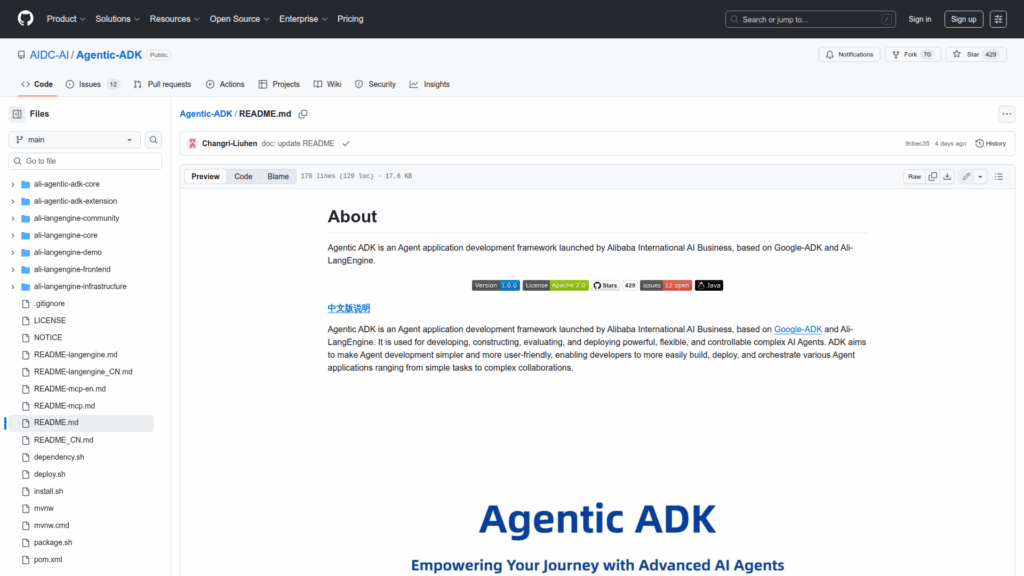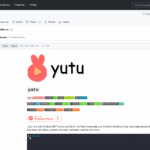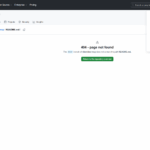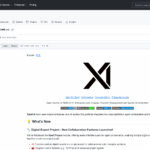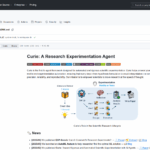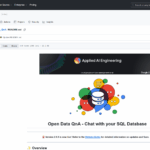Agentic-ADK
Basic Information
Agentic ADK is an agent application development framework from Alibaba International AI Business, based on Google-ADK and ali-langengine. It is intended to help developers build, construct, evaluate, orchestrate, and deploy powerful, flexible, and controllable AI Agents and multi-agent collaborations. The project provides engine modules, infrastructure and demo examples to support a range of agent applications from simple tasks to complex coordinated workflows. It emphasizes streaming interaction, visualization debugging, workflow integration, and context extension for conversations including session, memory and artifact handling. The repository documents connectors and configuration examples for many LLM providers, vector stores and infra components and specifies a JDK 8+ runtime requirement.

